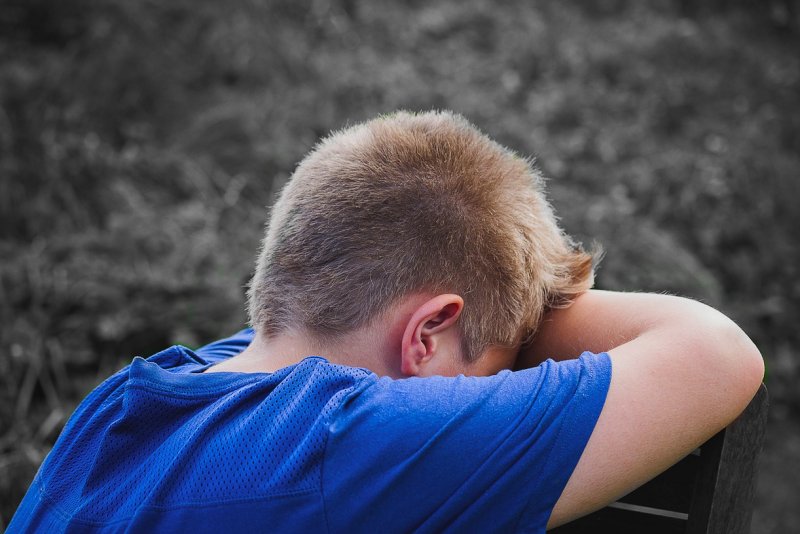The rising suicide rate for children and adolescents is linked to increasing shortages of mental health professionals at the county level, after adjusting for demographic and socioeconomic characteristics, a study says. Photo by Myriams-Fotos/Pixabay
Nov. 21 (UPI) -- The rising suicide rate for children and adolescents is linked to increasing shortages of mental health professionals at the county level, even pre-pandemic, a new study suggests.
And an accompanying editorial says the U.S. mental health system is so broken even money cannot fix it.
"Mental health was a major issue before the COVID-19 pandemic, and it has only worsened since," said Dr. Aaron E. Carroll, a distinguished professor of pediatrics at Indiana University.
Carroll, who is director of the Center for Pediatric and Adolescent Comparative Effectiveness Research at Indiana University School of Medicine, added: "Countless youth need help. Unfortunately, help is often in short supply."
Suicide is the second leading cause of death for children, adolescents, and young adults ages 15 to 24, according to the American Academy of Child & Adolescent Psychiatry. And most who attempt suicide have a significant mental health disorder, usually depression.
The original investigation, published Monday in JAMA Pediatrics, explored the suicide rate for even younger people, ages 5 to 19.
The article, with Dr. Jennifer A. Hoffmann, a pediatric emergency medicine physician in Chicago as first author, cited higher adolescent suicide rates in rural areas and high-poverty areas.
The researchers included all U.S. counties and used data of all youth suicides nationwide from January 2015 through December 2016.
The investigators used county health-professional shortage area designation for mental health, as assigned by the U.S. Health Resources and Services Administration based on the number of mental health professionals relative to the population, the level of need for mental health services, and service availability.
Designated shortage areas received a score from 0 to 25, with higher scores indicating greater workforce shortages.
Over the two-year period of the study, there were 5,034 youth suicides -- 72.8% male and 68.2% non-Hispanic White -- with an annual suicide rate of 3.99 per 100,000 youths.
Of 3,133 total counties, 2,117, or 67.6%, were designated as mental health workforce shortage areas, the researchers found.
After adjusting for county characteristics, mental health workforce shortage designation was associated with an increased youth suicide rate and an increased youth firearm suicide rate.
Those counties with an assigned numeric workforce shortage score saw the adjusted youth suicide rate increase by 4% for every 1-point increase in the score.
Even if the United States "somehow diverted billions of dollars today toward improving the mental health of youth, it would take years to develop the workforce, and then more investment to convince them to work in areas where shortages exist," Carroll said in the editorial for which he was a co-author.















